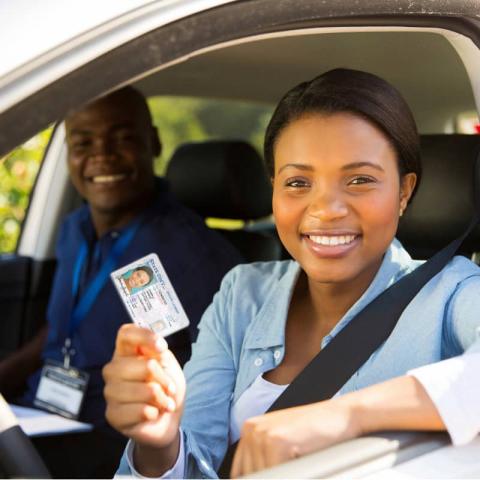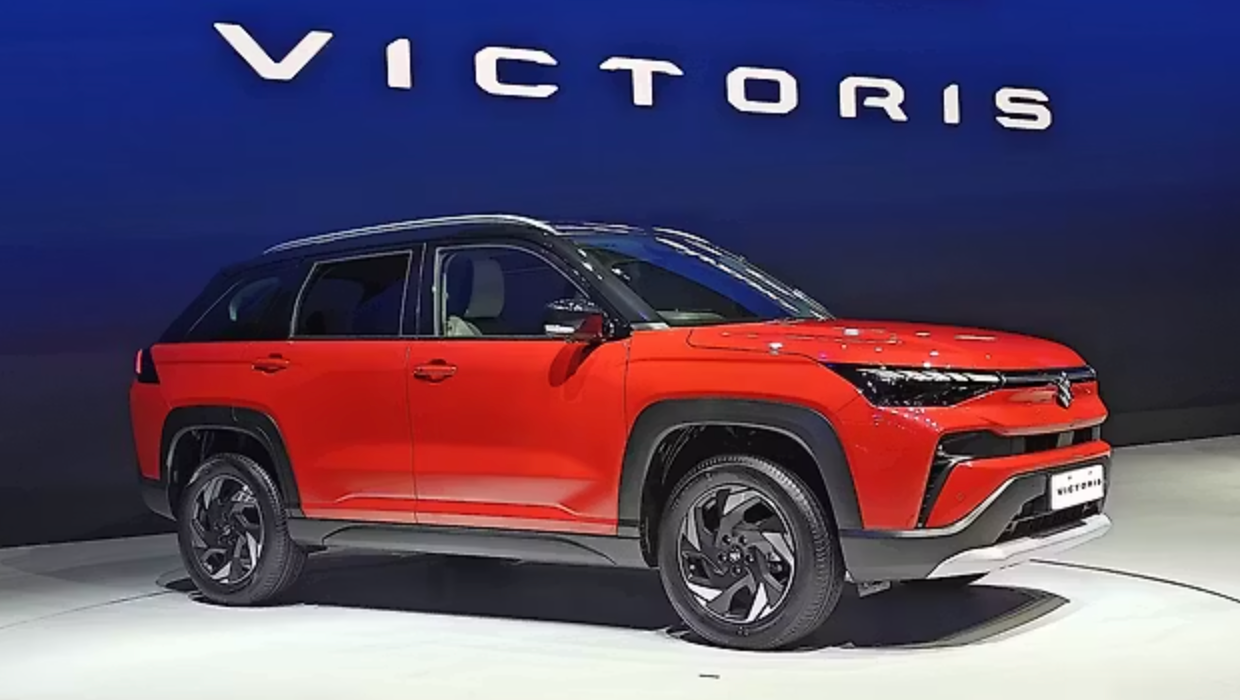Obtaining a driver’s license in India has traditionally involved a trip to the Regional Transport Office (RTO) for an online assessment and a practical driving test. Passing these tests was the gateway to getting licensed. However, recent online buzz suggests the Ministry of Road Transport and Highways (MoRTH) might be revamping the driver’s license issuance process.
This article dives into the reported changes, explores the challenges associated with them, and clarifies the current state of affairs for aspiring drivers in India.

New RTO Rules: Fact or Fiction?
The speculation centers around empowering driving schools to directly issue driver’s licenses, potentially eliminating the need for the RTO’s involvement in the practical driving test. Our investigation involved reaching out to reputable driving schools across India to gauge their awareness of these purported new guidelines.
While none of the contacted schools could provide official confirmation of the new regulations, they unanimously denied their current implementation. Furthermore, they haven’t received any official communication from the RTO or transport department regarding changes to the driver’s license issuance process.
The current system allows driving schools to issue a passing certificate to students based on the parameters outlined in the Central Motor Vehicle Rules (CMVR) of 1989. Reputable training centers often boast amenities like classrooms, driving simulators, and dedicated test tracks. However, despite these resources, they lack the authority to directly grant driver’s licenses. This power currently rests solely with the RTO.
Unveiling the Challenges: Why the Wait?
Our communication with driving schools across the country revealed several key hurdles in implementing the proposed regulations.
Land Constraints: A significant challenge, as highlighted by the transport department, is the land requirement. For a driving school to be authorized to issue eligibility certificates for driver’s licenses, they would need to possess a minimum of one acre for a two-wheeler training facility and two acres for a four-wheeler training facility. Based on our conversations with these training centers, acquiring or leasing such extensive land parcels in major cities (Tier 1 and Tier 2) is highly impractical in today’s real estate market.
Attendance Tracking: Another hurdle relates to the regularity of student attendance at driving schools. As per a trainer at the Maruti Driving School, trainees must attend driving classes and training sessions consistently for 30 consecutive days. Each day, their biometric data would be captured and submitted to the RTO’s records. Missing even a single day of training would disqualify the trainee from receiving a driver’s license. For smaller training centers, collecting and maintaining such detailed attendance records can be a logistical and financial burden, potentially jeopardizing their credibility.
The Rationale Behind the Land Mandate
The new regulations’ emphasis on land area stems from the government’s desire for driving schools to establish a comprehensive range of tracks and obstacles within their facilities. Ideally, these tracks would expose drivers to challenging maneuvering scenarios, potentially enhancing their competency before they receive their licenses. It’s important to note that these simulated situations may not be encountered on everyday roads and cannot be replicated entirely through driving simulators. Some examples of these proposed track tests include an 8-shaped track, an ‘S’ reverse driving test, an uphill gradient test track, parallel and perpendicular parking zones, a simulated traffic junction, and more.
The Current Landscape: The Status Quo Remains
Given the significant challenges associated with the proposed changes, the existing driver’s license issuance process remains in effect. Here’s a breakdown of the current steps involved:
- Online Application: Individuals can initiate the driver’s license application process online through the Parivahan website or by visiting their designated RTO office.
- Learner’s Permit: For obtaining a Light Motor Vehicle (LMV) license, i.e., a four-wheeler, applicants must be at least 18 years old. Following the initial application, they must pass an online test to secure a learner’s permit. This learner’s permit remains valid for six months, but applicants can apply for a permanent license after just one month.
- Driving Classes & Training: During the learner’s permit validity period, individuals can enroll in driving classes and training sessions offered by any nearby driving school to prepare for the final driving test.
- RTO Conducted Driving Test: To obtain a full-fledged driver’s license, applicants must undergo a practical driving test conducted by the RTO. Upon successfully passing the test, the license will be delivered to the applicant’s postal address and typically holds a validity period of 20 years.
FAQs:
Q: How do I apply for a driver’s license in India?
A: You can initiate the application process online through the Parivahan website or by visiting your designated RTO office.
Q: What is the minimum age requirement for obtaining a driver’s license for a four-wheeler in India?
A: The minimum age requirement for obtaining a Light Motor Vehicle (LMV) license in India is 18 years old.
Q: What are the steps involved in obtaining a driver’s license in India?
A: The current process involves applying for a learner’s permit after passing an online test, attending driving classes and training sessions, and finally, undergoing a practical driving test conducted by the RTO.
Q: What are the reported changes to the driver’s license issuance process in India?
A: There have been unconfirmed reports suggesting that driving schools might be authorized to issue licenses directly, eliminating the need for the RTO-conducted driving test. However, these changes haven’t been officially implemented.
Q: How will the proposed changes impact driver education and testing in India?
A: While the proposed changes haven’t materialized, the underlying focus on enhancing driver training and testing through collaboration between RTOs and driving schools, leveraging technology, and emphasizing practical skills development could lead to a more streamlined and effective licensing system in the future.




